When painting, it cannot be very pleasant to have paint spilled all over your plastic surfaces. Having hardened paint on your electric outlets, appliances, or painting containers can ruin the object’s overall appearance. Not only that but cleaning the dried color can be a laborious job. This is especially true if you don’t use the right methods and tools for cleaning.
You might try acetone or any paint stripper to remove the color, but such harsh chemicals can be detrimental to the plastic. That’s why you should remove the paint as soon as you can.
This article will provide a list of methods and tricks to remove unwanted paint safely. Here’s how to remove paint from plastic:
Option 1: Try Soap and Water First
You can try removing the unnecessary paint with soap and water. It is the easiest and safest way to try. It works best if the color hasn’t completely set on the plastic.
- Immerse a clean cloth or a sponge into the soapy solution. Then, gently wipe stained areas. Tightly grip the sponge to drain excess water. This is crucial as many objects become damaged from water.
- You should always make sure to clean the sponge thoroughly. Dipping an unclean sponge into the solution will accumulate unnecessary water.
- When cleaning electrical devices, make sure to turn them off first. Removing batteries and plugging them out from outlets will prevent you from electrocuting yourself. Water conducts electrical currents, so you must be cautious when cleaning them.
- After you’ve cleaned them, gently wipe them again with water only. You can use a damp cloth to do this.
- If this method isn’t working for you, scroll down to explore other approaches.
Option 2: Using Vegetable Oil
Due to its greasy structure, vegetable oil can be used as a cleaner. It softens the tight bonds between the plastic surface and the spilled paint.
- Adding only two drops of this oil will instantly work. You can apply the oil directly onto the surface or on a cloth.
- Softly rub in the oil. After a few seconds, the oil will work into the paint and slowly start removing it.
- Know first what kind of paint dissolves in oil. More durable colors typically require more potent chemicals in order to be removed. Research well, first!
Option 3: Use a Paint Scraper
If anything doesn’t work, you can always scrape away the paint. However, you have to be careful. Not all tools are meant for scraping. For optimal performance, use a plastic knife or a gentle blade.
- Hold the knife/blade at a sharp angle. Apply a little pressure and slowly start scraping away the dry paint. Use smaller force for easily visible areas. Around the edges, you can be rougher. Use the blade only if necessary. It is not typically recommended.
- You can also apply a drop or two of vegetable oil and then scrape away the paint. After you’ve done everything, with a sponge wipe away the excess.
Option 4: How to remove paint from plastic by using an alcohol-based solvent
If none of the previous methods work, use a harsher compound mixture. However, it is essential to be careful when using more potent chemicals. Always use gloves to protect your skin.
- It is best if you begin by testing the solvent. Apply it to an area that is out of vision. This is a crucial step as different types of plastic react with different types of solutions. You can simply put a drop or two on a Q-tip or a cloth hem. Then, rub slowly on the painted surface. After you’ve done this, gently remove the solvent with water. If the plastic remains untouched, you can use the solution to the whole area.
- Apply the solvent only when the paint is dry. Wet paint might not react with the solution, so it’s best to wait for it to dry. If the color is thick, immerse the whole area into the solution. Then clean the surface.
This is how to remove paint from plastic effectively.
Option 5: Use Nail Paint Remover with Acetone
- You can use acetone to remove paint. Simply soak it into a cloth and gently rub the paint off. If the paint is thick, you can soak the area and leave it. After ten minutes, the color should soften, and you can easily remove it.
- If acetone doesn’t work, apply rubbing alcohol to the stained area.
Option 6: Vinegar to the Rescue
Due to its chemical structure, vinegar can remove dry paint. It’s excellent for removing color from all kinds of plastic objects. However, whether it will remove paint or not depends on several factors. The type of paint is the most crucial factor. The best kind of color that is removed by vinegar is a latex-based paint
- Start by heating distilled white vinegar. You can simply put it in a microwave for a minute or so. The vinegar should be lukewarm.
- Then dip a sponge or a cloth into the vinegar. Slowly scrape away the paint.
Option 7: Apply Denatured Alcohol
Permanent or long-lasting paints can be hard to remove. Solutions such as oil or acetone typically have a hard time combating hardened paint. If nothing else works, use denatured alcohol. However, just like vinegar, this also works on latex paint. Here’s how to remove paint from plastic with alcohol:
- Make sure to test-patch an area. Ensure it won’t harm the plastic. When you’re sure that it’s safe to use, dip the area into the solvent. Wait for the paint to start wrinkling.
- Then softly scrape it with a plastic knife. Wipe away excess paint with the soft side of the sponge. Make sure to use gloves when handling this type of solvent.
Knowing the right type and method for paint removal is essential when dealing with such a problem. By informing yourself, you will know how to remove paint from plastic. Be patient, and hard work will be shown. If none of these tips work for you, you can always paint over it.
If you enjoyed reading this article about how to remove paint from plastic, you should read these as well:
- How to cut laminate countertop and what circular saw blade to use
- How to stop water from coming up through the basement floor
- How to get permanent marker off walls in a few steps
The post How to remove paint from plastic with a few easy tricks appeared first on Impressive Interior Design.
source https://www.impressiveinteriordesign.com/how-to-remove-paint-from-plastic/
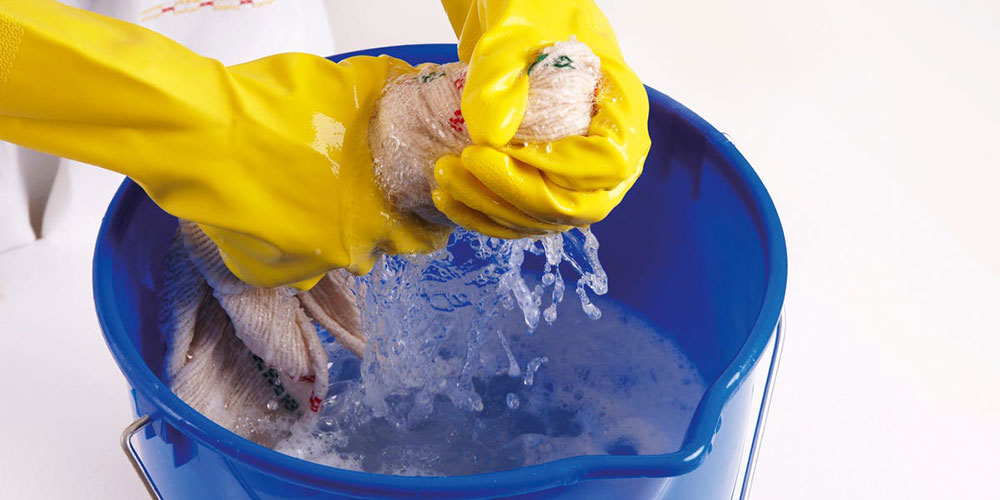
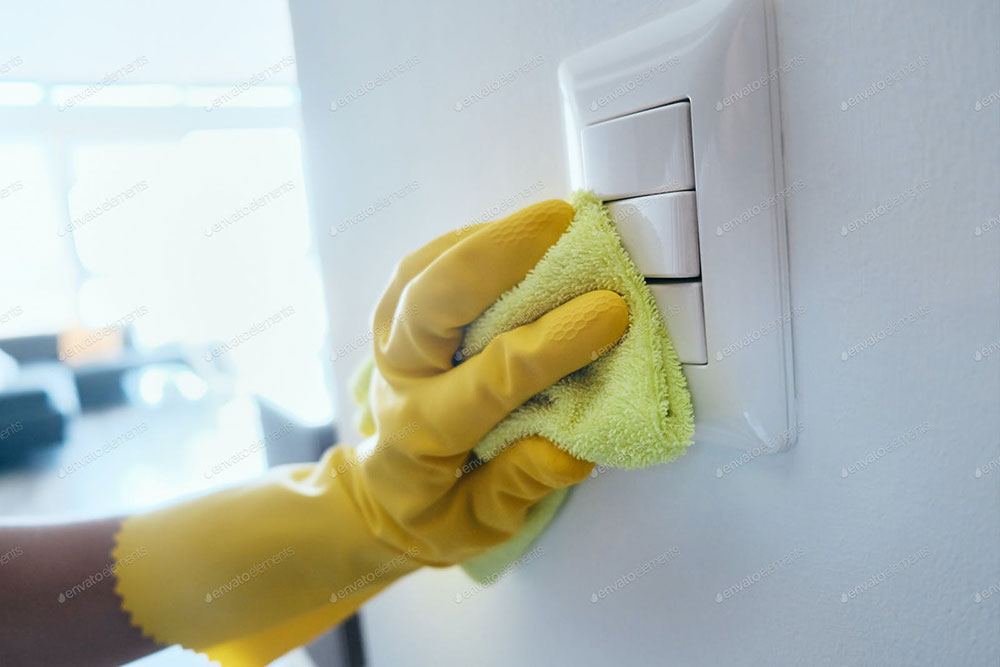
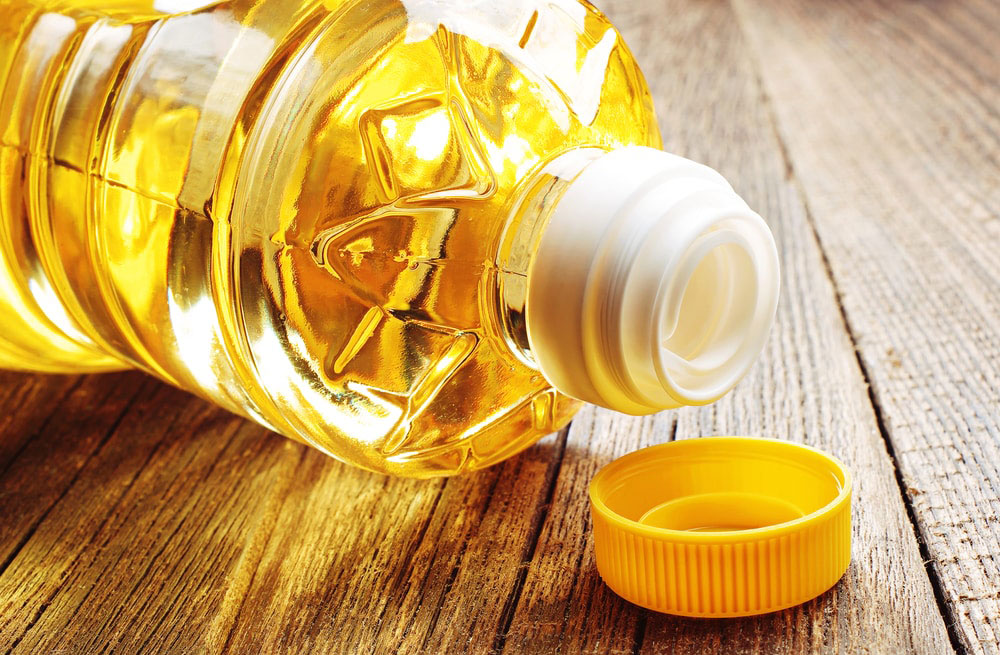
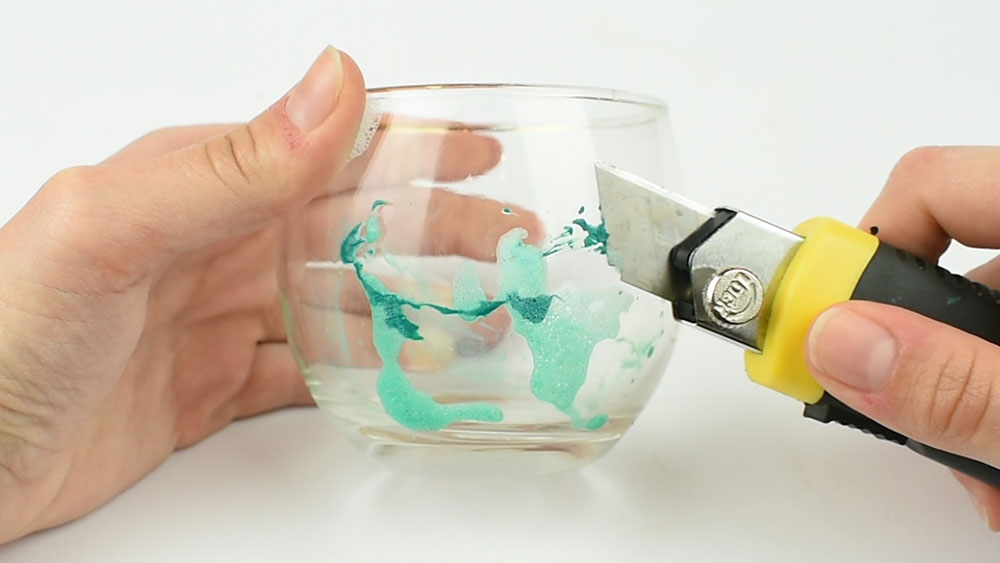
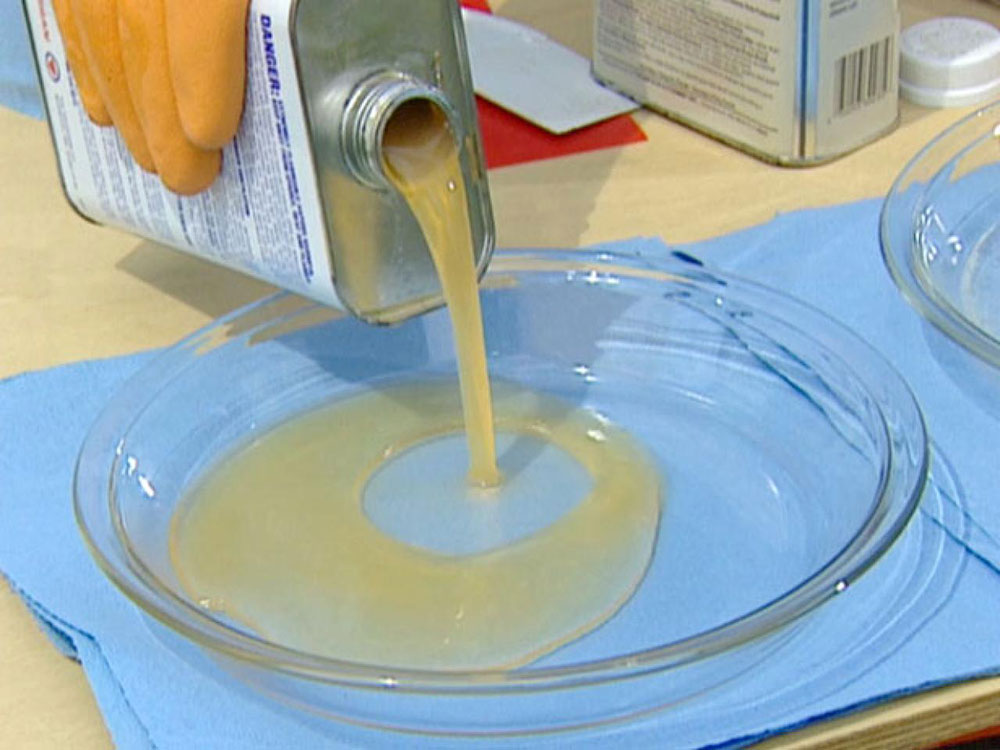
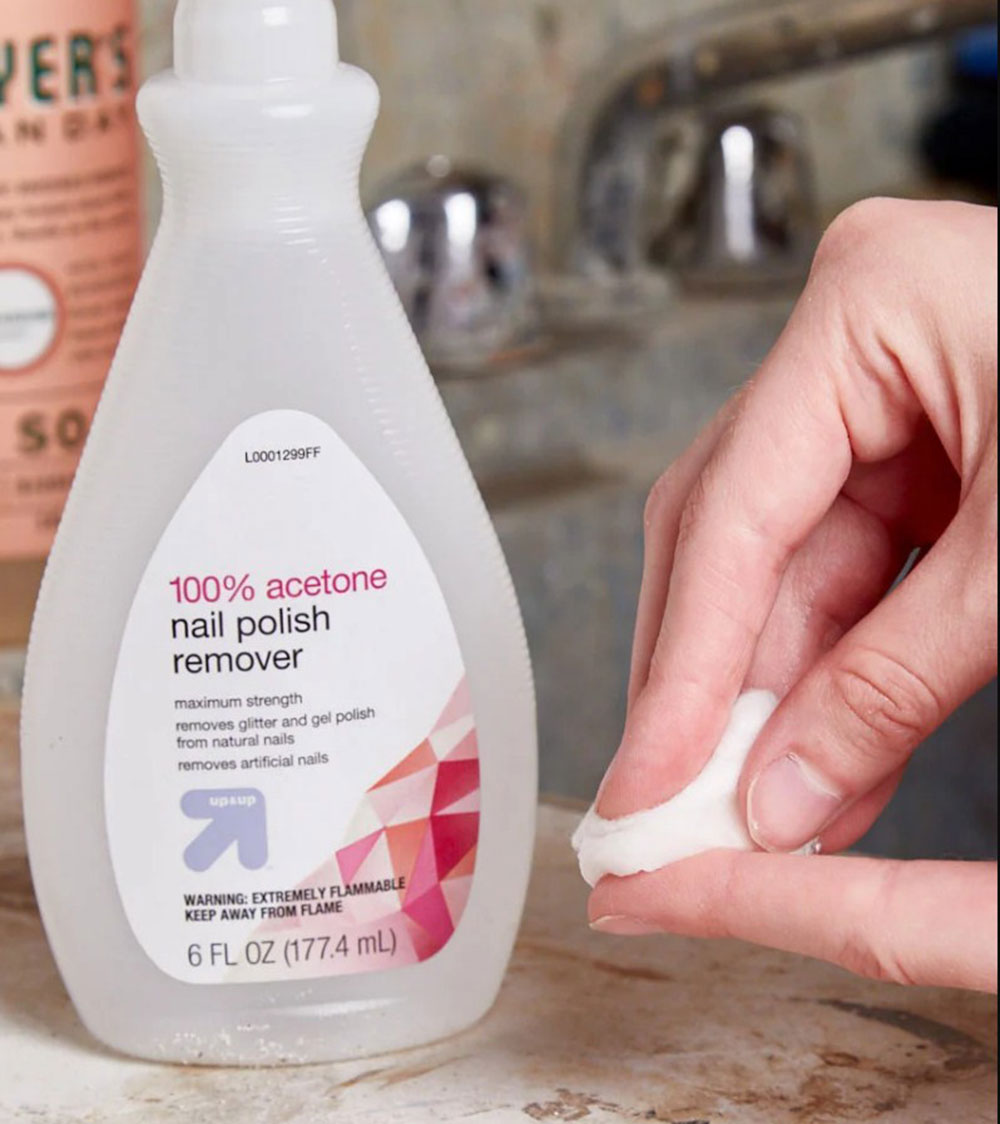
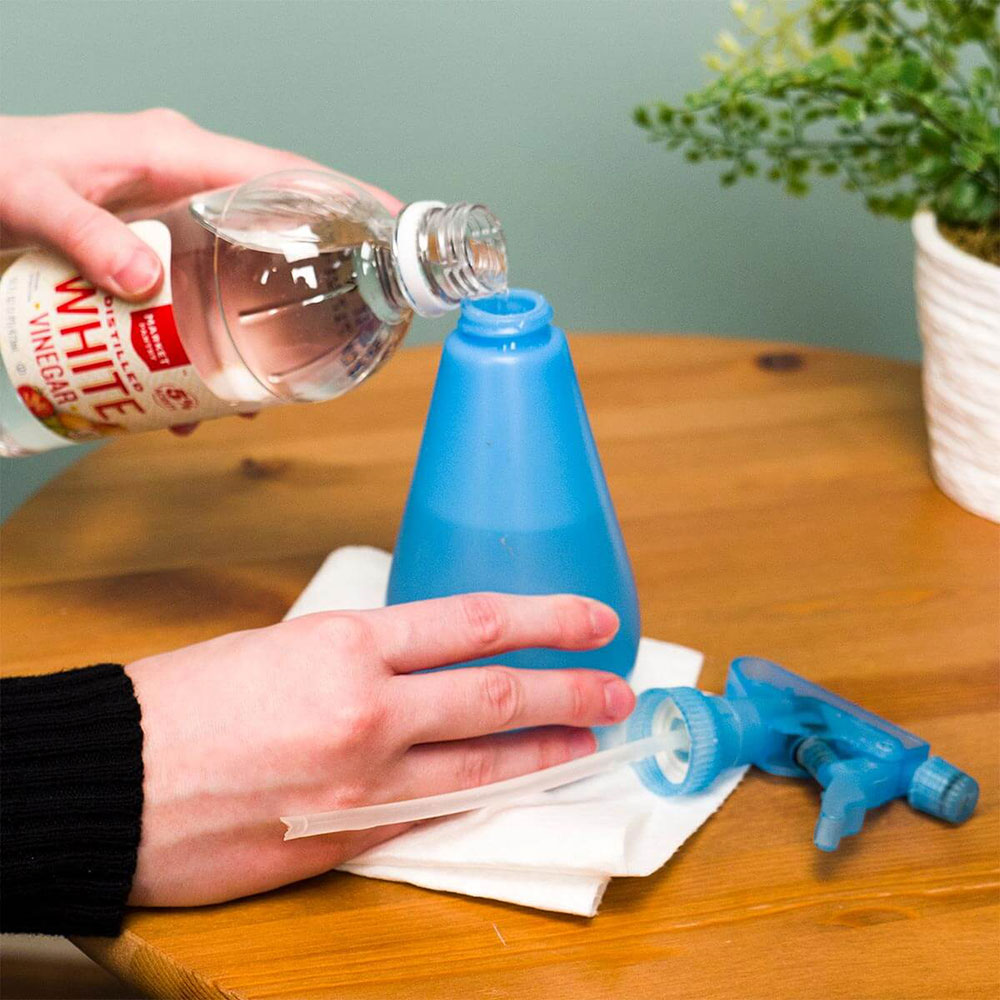
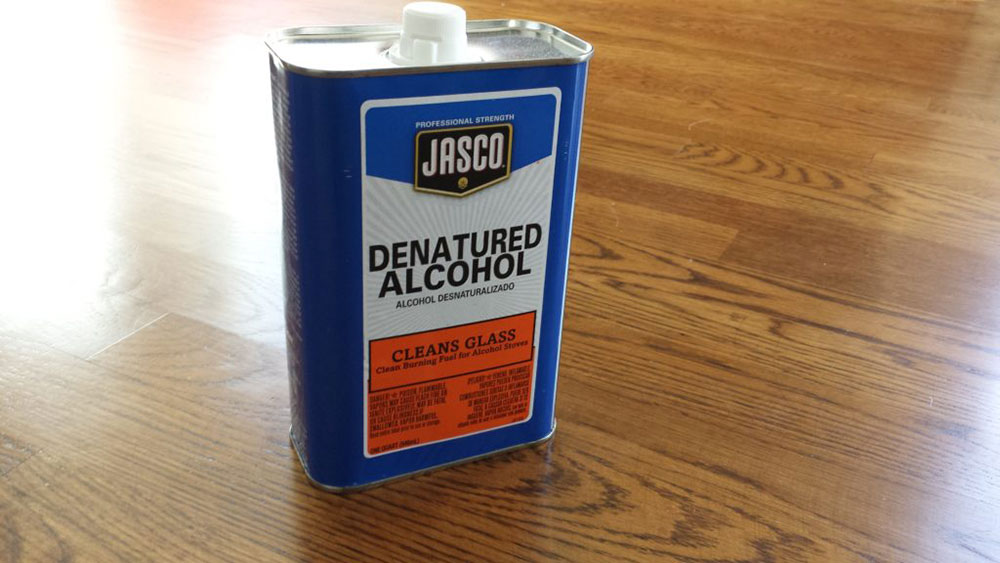
No comments:
Post a Comment